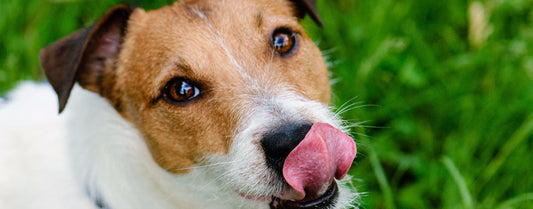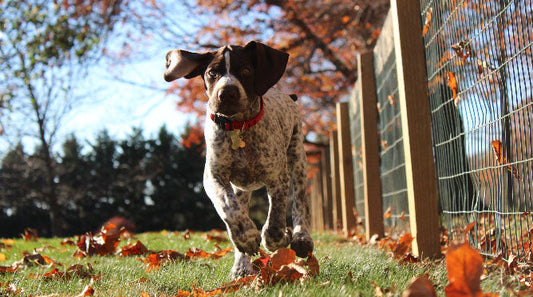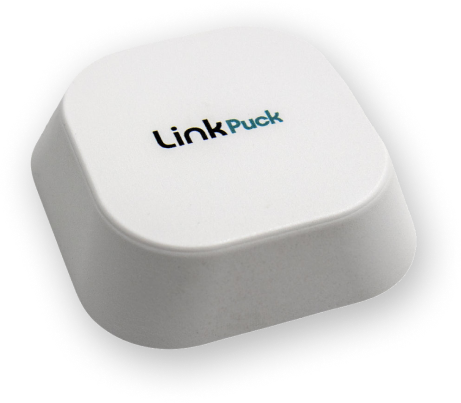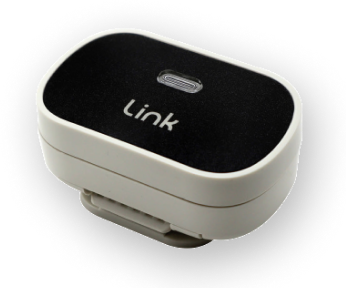Just like humans, dogs have a happier, healthier life when they reduce the amount of stress in it. Separation anxiety, a change in routine, or physical discomfort are just some of the signs of stress in dogs. And just like you, he could benefit from coping mechanisms by doing routine things, getting some exercise, or hanging out with friendly faces.
Adapting to the life changes the COVID-19 pandemic has brought has been stressful for pet parents and their four-legged friends alike. During the lockdown, most dogs have probably enjoyed seeing their humans for a greater part of the day. As restrictions ease and many people head back to work, it’s possible your pup will experience some stress from yet another round of routine shakeup. Here’s how to recognize his emotional state and what to do to help.
The Signs of Dog Anxiety
Just like your pooch shows signs when he’s happy, he has certain behaviors to register stress. Skittishness, excessive licking, and frequent yawning are some signs. Others include:
- Trembling or shaking
- Pacing or hyper vigilance
- Decreased appetite
- Lip licking
- Lethargy
Physical signs like dilated pupils, increased drooling, and overgrooming are also often present in highly stressed dogs.
If your dog is usually friendly but suddenly starts displaying aggression towards people or other animals, it might be a sign of stress, but because it can also indicate an underlying illness, it’s best to consult your veterinarian.
How to Help Your Dog De-Stress
Once underlying medical issues have been ruled out, you can play a big part in reducing your pup’s stress.
- Play and exercise. Physical activities like fetch or simple walks around the block both work to lower anxiety levels.
- Create a sanctuary zone. Some pets find the constant noise level from a houseful of humans stressful. If this is the case with your dog, follow the lead of pet parents who create safe spaces for their dogs who are afraid of loud noises like thunderstorms. Make sure the area is outfitted with one of his favorite toys and a comfortable “security blanket.”
- Remove triggers. Try counteracting some of the changes brought about by the lockdown. For example, if your dog is stressed by the activity level at home, skip the dog park and find quiet neighborhood streets to stroll.
- Behavior modification. Many dogs respond positively to cognitive therapy techniques that help them change their emotional responses to sounds and situations. Your vet can recommend a dog behaviorist.
If all else fails and it’s obvious your dog is in distress, ask your vet about anti-anxiety medications. Some pet parents worry about possible side effects from psychotropic medications such as sleepiness, but they can be beneficial. Properly prescribed, they should help your dog exhibit less anxiety while maintaining his personality and happiness level.
Be Supportive
If you’ve ever experienced overwhelming stress (and who hasn’t?), think back to what helped you cope. Daily routines like eating well and exercising often help humans, and they can help your pup, too. Does your pet enjoy music? Find the genre he likes best and stream it for him. Or try out a site that has clinically tested music designed to ease pet anxiety.
Everyone, including your pet, has some stress in their lives at any given time. Sometimes the best course of action is none at all. But if your dog is showing increased anxiety, one of the most loving things you can do for him is help him overcome it.





